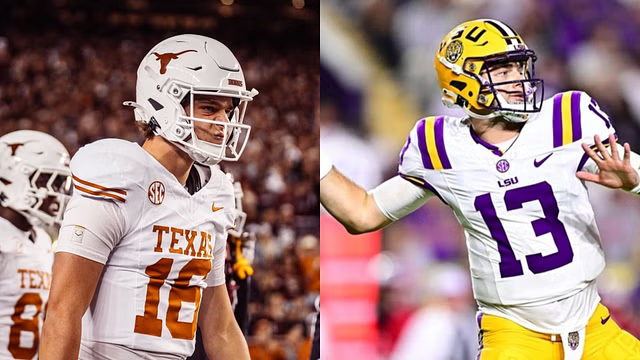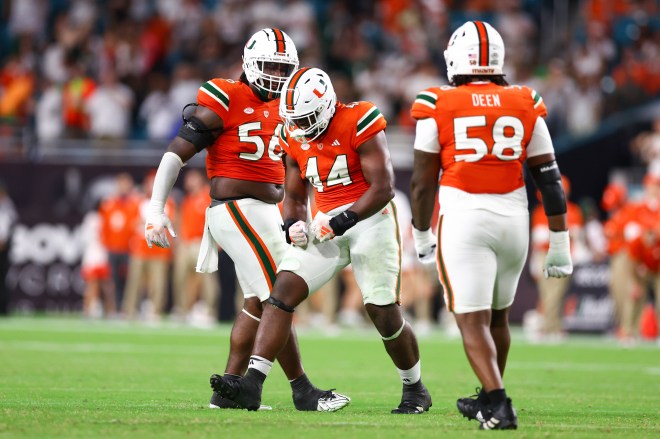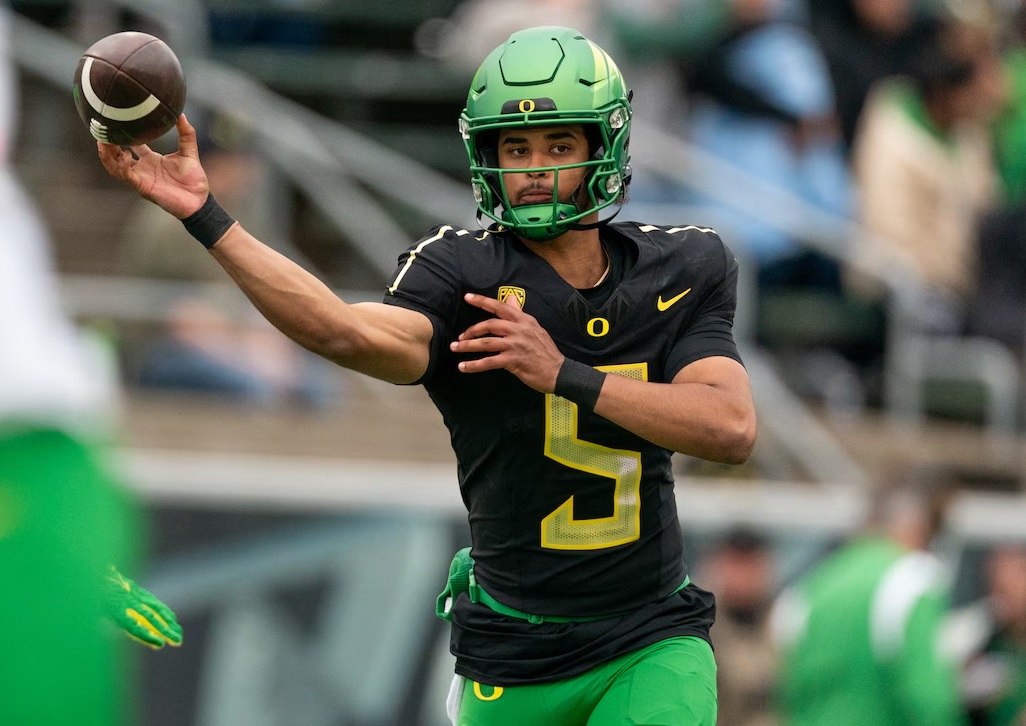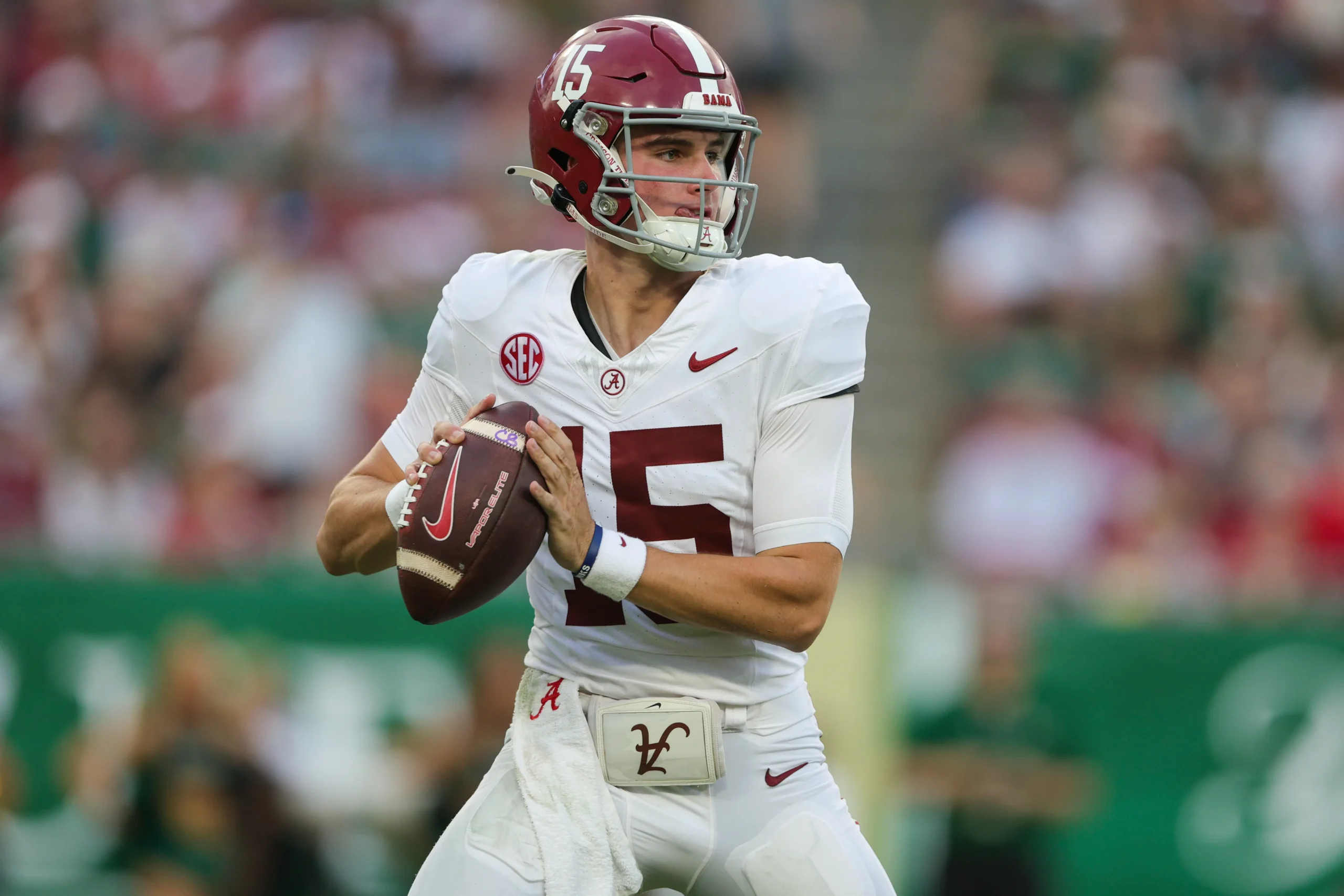Send Matt an e-mail here: [email protected]
All other e-mail, including advertising and link proposals, send to: [email protected]
In the last installment of NFL Draftology (205A), I gave a briefing on positional value then addressed positional demand. Today we are going to look at recent trends in the NFL Draft and which positions are the most valuable in the NFL.
205B: POSITIONAL IMPACT � What is it?
We all know certain positions in the NFL are more valuable than others. Take a look at the previous 12 No. 1 overall picks in the NFL Draft from 1997 to 2008. Eight quarterbacks were taken, two left tackles (even though I am not sold on Jake Long at all living up to the hype) and two defensive ends.
This isn’t some huge coincidence. It’s very rare that tight ends, cornerbacks and inside linebackers go in the top 10. You can make a case for defensive tackles, but I believe that is simply a position where not much talent comes out of college. Glenn Dorsey was the best defensive tackle prospect since Warren Sapp in 1995. That is 13 years of the draft lacking elite talent at the position.
Guards and centers are uncommon first-round picks, and only a few are taken in the second round every year.
Now, I am in no way saying that guards, centers, corners, etc. don’t make a huge impact over the course of a game. I think they are very important positions, but other positions are simply worth more in this league.
Back to the 2008 NFL Draft, and let’s take a look at why the Dolphins did not seriously consider Glenn Dorsey with that pick. The players being mentioned here were Jake Long, Chris Long, and Vernon Gholston.
The reason why the Dolphins were never going to select Dorsey is because run stuffers don’t make enough plays to be worthy of a No. 1 pick. They don’t get after the quarterback as the nose tackle in a 3-4 scheme. You can find run stuffers in this league at a relatively cheap price, or even draft a great fit at nose tackle such as Athyba Rubin out of Iowa State in the late rounds, and he can still have a very similar impact to Dorsey at that position. There is only so much a nose tackle can do. They occupy blockers and plug the run. That’s pretty much it.
So which positions do you spend high draft picks on? What positions make the most valuable impact in this league?
The three most valuable positions in this league are quarterback, left tackle and 4-3 right defensive end or 3-4 outside rush linebacker (which I classify as the same position, since it’s the pass rusher coming off the edge varying to scheme). I bring up the point about the past 12 No. 1 picks. They all fall under these three positions (no 3-4 OLBs taken, but I still find it extremely valuable for those 3-4 teams).
Obviously, we see other positions go very high in the draft too, and like I said before, I’m not saying only these positions are valuable. Calvin Johnson and Braylon Edwards were taken No. 2 overall in their respected drafts, but they went that high because their value demanded it. They were better than any other player on the board at that time, or quite possibly even the best players in their draft despite being second fiddle to the No. 1 pick.
This is the same for Vernon Davis and Kellen Winslow, both of whom were taken at No. 6 overall. I don’t believe tight ends should go that high, but their perceived talent commanded they go over other players that played more impactful positions (such as quarterback, tackles, or linebackers that make many more plays over the course of a football game).
Now let’s take a look at analyzing some draft picks in the past, why those decisions were made, and what can we learn from them.
Exhibit A: Browns select Joe Thomas over Adrian Peterson
The Browns didn’t think Adrian Peterson wasn’t a phenomenal talent. Anyone with half a brain knew he was going to be very special in the NFL, but how special would Peterson have been in Cleveland if he didn’t have a line to block for him and had a quarterback who wasn’t protected? If Peterson was the pick, then the Browns can say bye-bye to a passing game for a very long time. Left tackles like Joe Thomas are very rare to acquire. He was an outstanding athlete and a monster in pass protection, and had defining leadership to boot. If Cleveland passed on him, then their offense is at a major risk. Their quarterback’s blind side is not going to be protected. With Thomas playing left tackle, the quarterback (little did we know it was going to be Derek Anderson) can feel more comfortable in the pocket and make more plays in the passing game, which in turn opens up the running game. Now that the running game is effective, the play action becomes deadly, and this is exactly what happened for the Browns in 2007.
If Peterson is the pick, the Browns have an elite rusher. They have a player who maximizes the yardage of the play and is a huge scoring threat, but what they don’t have is everything I just mentioned. Maybe their quarterback gets seriously hurt because the left tackle isn’t doing his job. The quarterback would get very rattled in the pocket because he doesn’t have confidence to get a play off without getting hit. Peterson wouldn’t be able to reach his full potential because his line wouldn’t have been up to snuff on the left side.
Browns fans know what I’m talking about; they saw it first hand with the Tim Couch era. Cleveland didn’t want to re-live that, so they made what was, in my opinion, one of the best picks in the 2007 NFL Draft. It’s a pick we look back now on and say “It was an easy pick because obviously Joe Thomas was a great player since he emerged as one of the top left tackles in his rookie year.” Hindsight is always going to be 20/20. Thomas had issues with not having great bulk or being an elite run-blocker, and it’s hard to pass up on a player like Peterson or the fan favorite in Brady Quinn. This pick did take some balls and there was much more to it than meets the eye� that’s the draft in a nutshell.
Exhibit B: Texans shock the world and take Mario Williams No. 1
When Mario Williams was inked the night before the draft, 95 percent of the people and experts hated the pick. “How could they pass up on Reggie Bush AND Vince Young? They need a running back AND a quarterback!”
I loved the pick made by Charlie Casserly and defended it even going into the 2007 season. I’m sorry, but if you think Bush or Young should have gone No. 1, then you never watched Mario Williams play. How many people at Radio City Music Hall saw N.C. State games? They saw plenty of Bush and Young on SportsCenter, and decided to boo the No. 1 pick.
The biggest reason why Casserly pulled the trigger on Mario, was simply because he was the best player in the draft, and I totally agreed with that. He was a 6-7, 285-pound monstrous pass rusher and an elite athlete. He had begun to turn the corner and looked like he was going to have a bright future in the NFL, but on the other hand Vince Young did win the championship game and Reggie Bush was dubbed as the next Gale Sayers.
Not only was Mario regarded by the Texans as the No. 1 player on their big board, but he also played the position of greatest impact.
You don’t draft a running back No. 1 overall, especially in a zone-blocking scheme where effective runners can be found later in the draft. Bush had issues with carrying the load at USC, and he wasn’t very comfortable between the tackles. Still, even I have to admit I thought he would be a star in the league.
Why not hometown hero Vince Young? The Texans did need a quarterback; David Carr up to this point was an obvious bust. Well, you don’t take a quarterback this high who doesn’t have much of an offensive line or supporting cast. The only player who was talented on this offense was Andre Johnson. Young wasn’t going to get much help, and he also had a lot of bust factors (mechanics, football IQ, intelligence, West Coast offensive fit, etc.).
When it comes down to it, defense does win championships, and if the Texans were ever going to win, then they needed a player who could scare a quarterback and wreak havoc. That player was Mario Williams.
Williams was taken because he would have made the most impact for the Houston Texans and helped their team in the long run more than Vince Young or Reggie Bush. So far, so good.
So, we have analyzed which positions are the most highly regarded on Draft Day and which positions you shouldn’t take very high. We analyzed the draft to discover the concept of positional impact. I have an important discussion planned for NFL Draftology 205C: Which are the most overrated and underrated positions on Draft Day? I also list some future trends in the draft. Stay tuned.
MISSING
Matt McGuire’s 2009 NFL Mock Draft
Walt’s 2009 NFL Mock Draft
2008 Fantasy Football Rankings




